Twelve wild foods for the Christmas Season
By Rockland Forager on December 22, 2012As winter advances, fresh, foraged foods become few and far between. By the time Christmas rolls around, the seasonal harvests can be pretty sparse. For this reason it is always wise to plan ahead and preserve foods for the purpose, beginning in the fall. Some wild foods need to be prepared and processed over a long period, before they are good to eat. Others need to be dried, pickled or roasted. Weather permitting, some can still be gathered fresh. Here are twelve wild, organic foods that can help brighten up the Holiday Season.
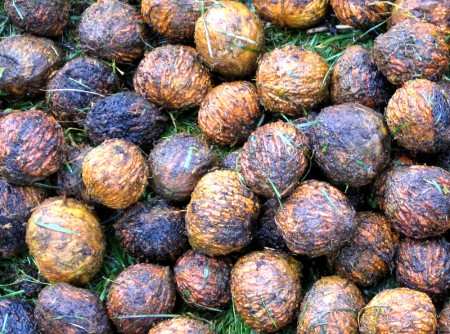
Freshly husked walnuts, ready to be dried. They take about 6 weeks to cure, just in time for the Holiday season.
Black Walnuts – In September, black walnuts litter the ground beneath the trees like small green and black tennis balls and can be easily gathered by the sack. The husks can then be removed by rolling them under your shoe. Before handling the nuts or husks be sure you are wearing gloves.
The nuts should be scrubbed free of remaining husk pieces, then dried in a low oven for 2-3 hours before laying them out on a rack or a tray in a dark, well ventilated area for 6 weeks to cure. They are generally ready to use by Thanksgiving, but be sure to save a few for Christmas. Be prepared – the shells are very tough to open, but the nuts are worth the effort.
Shagbark hickory nuts – The best thing about hickory nuts is that the husks split and come off all by themselves (or with a little encouragement). Like the walnuts they should be dried properly to stop them from moulding. They are also rather tough to open and you’ll find that a good nut pick and a pair of strong narrow nosed pliers will come in really handy for digging out the nutmeat. Again, it is worth all the effort.
Acorns can be harvested in October and prepared for cooking and storage for later use. They are too tannic to be able to eat like nuts, however, with some effort, the bitter tannins can be blanched out of them and they can be turned into meal or flour to use in cooking. Many recipes can be adapted for using acorn flour. However, it can’t be used straight as the end result will be too crumbly, so we generally combine it half and half with wheat or spelt flour.
It makes a good pie crust or an interesting, nutty addition to oatmeal. A friend once made a date and walnut loaf using acorn flour and black walnuts, which we spread with Barberry butter. It was one of the tastiest wild foods treats I’ve experienced.
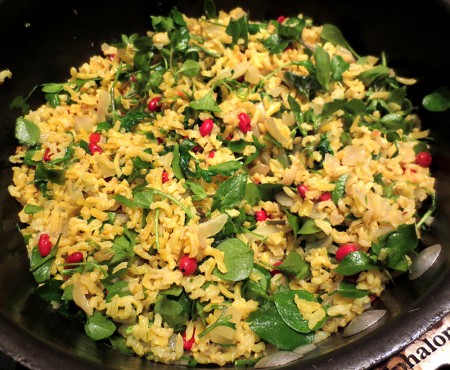
Fried rice w-barberries & chickweed. The smaller berries with softer seeds are the best to use. Larger berries need the seeds removed.
Barberries are one of the few wild foods that can be harvested throughout the Holiday season and through much of the winter. Picking them can be a little challenging owing to the fact that every berry is accompanied by a thorn, but the determined forager can soon gather quite a nice haul with very few pricks. You can use them immediately or dry them for later use.
Being bright red, they make a great addition to any seasonal dish, especially when combined with cooked greens, fried rice or .
A good use of barberries is to make barberry sauce, which can be served with meat or sweetened and used as a spread or drizzled over ice cream. The method is simple: take two cups of berries and half a cup of water and put them into a pan. Simmer until the berries have softened, adding more water when necessary. Rub the barberry mush through a sieve or a food mill, leaving behind the skins and seeds. The resulting mash is usually quite thick and pasty. This can be sweetened and spiced to create a barberry butter or thinned and sweetened to make a sauce. I generally use about half a cup of coconut sugar but I’d recommend staring with less and adding more as you think necessary.
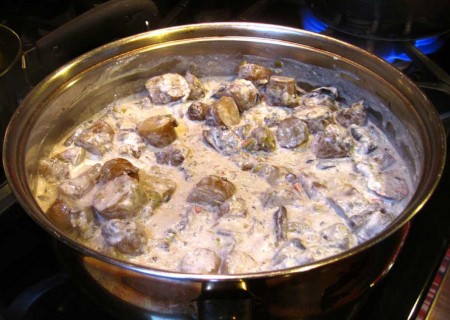
Jerusalem artichokes served in a cream sauce. One of the many ways to prepare these versatile tubers
Jerusalem artichokes are another seasonal harvest, so long as the ground isn’t frozen solid or we don’t have 2 foot of snow. However, by mid December most of the plants are nothing more than a dark brown stalk and not easily recognized, so it is well to note where they are when they are blooming in mid fall. However, wait until after the first frost before harvesting them.
Be sure to dig deeply around the plant to loosen the soil then get in their with your hands. You’ll find more tubers and split less than trying to dig them out.
The tubers can be eaten raw, boiled, baked, sautéed or what ever way your imagination can conceive. One of my favorite ways to prepare and preserve these crunchy tubers is to pickle them in vinegar. However, if you are cooking them note that sun chokes need less cooking than potatoes. If you are going to mash them, boil them in their skins until soft, slice off an end and squeeze them out like toothpaste from a tube. It is easier than pealing them first.
Mustard greens – There are several members of the mustard family that are hardy enough to withstand winter weather and can be gathered in December. Some of the more common species that you are likely to find are Wintercress, Watercress, Bittercress and Garlic mustard.
Any one or combination of these iron rich greens can be eaten raw or cooked up to make a tasty side dish. One of my favorite ways to serve mustard greens is to blanch them for about a minute in boiling water then sauté them with garlic and onions and a splash of teriyaki sauce. To add a seasonal touch, sprinkle with barberries.
See the video on how to make wintercress wontons at http://www.suburbanforagers.com/2012/04/17/video-recipes-making-wontons/
Field garlic bulbs are nature’s cocktail onions. Throughout the fall you can dig up clusters of onion grass (a more popular name for field garlic) and harvest the small white bulbs, which can be used like regular garlic or pickled in a sweet vinegar for use throughout the year. They are a tasty addition to a slice of pizza, especially if cooked on the original pie. They go well in soups, crepes, burritos or almost any savory dish.
The younger leaves can be chopped and used like chives.
Rose hips are full of vitamins C and E and make a tasty infusion for fortifying the body during the cold season. Honey, infused with rose hips has all the goodness and flavor of the hips along with a delightful pink hue.
With the larger varieties, the flesh of the hip can be used in cooking or dried and added to trail mix and muesli. A delicious syrup can be made by boiling down the cleaned hips in water then filtering and sweetening. After adding the sweetener, boil for a further 10 minutes before cooling and store in the refrigerator.
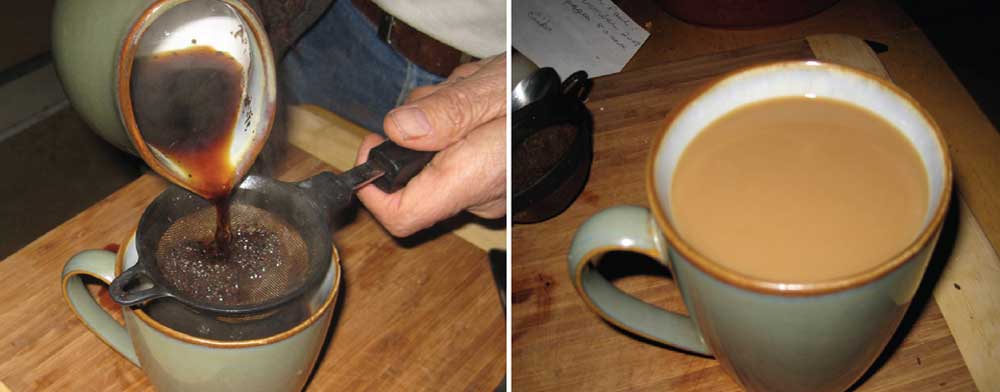
Roasted dandelion root makes a delicious coffee like beverage. It has a bittersweet flavor like a combination of coffee, chocolate and caramel
Dandelions provide a nutritious cooked green and even though they are less abundant in December, they can still be gathered in reasonable quantities. However, the best use of dandelions for the Christmas season is for making dandelion coffee.
The roots are ground and roasted until dark brown then used like regular coffee. It has a bitter sweet flavor like a combination of coffee, chocolate and caramel, and although it doesn’t contain caffein, it gives a similar energy boost.
Watch our short but informative video on making dandelion coffee at http://www.suburbanforagers.com/2012/06/23/video-making-dandelion-coffee/
Herbs for stuffing – Throughout the year it is a good habit to cut and dry herbs in season for use during the winter . There are many herbs that retain flavor and scent when dried. Some of the herbs that I’d recommend, include Wild thyme, Anise hyssop, Sassafras, Mugwort, Mints, Sweet fern, Field garlic, Sweet goldenrod, Spice leaves and Melilot.
Spice berries ripen in the fall and often hang around throughout the Holiday season. They have a distinctively spicy flavor that can be used in cooking, eggnog or holiday punch.
The berries can be cooked together with barberries, cinnamon, cloves and honey to make spiced barberry butter.
Pine needle or black birch bark tea can add flavor to the seasons revels. An infusion made from pine needles can add a Christmas-y flavor to the occasion as well as fortifying the blood. However, if pine isn’t available you can take the bark from the smaller branches of the black birch tree and boil up a decoction that will taste like birch beer.
Although it is impractical for most of us to create a fully foraged banquet for the Christmas season, there’s no reason why we can’t incorporate wild foods into our seasonal festivities.
Share and Enjoy
Copyright © 2015 Suburban Foragers.


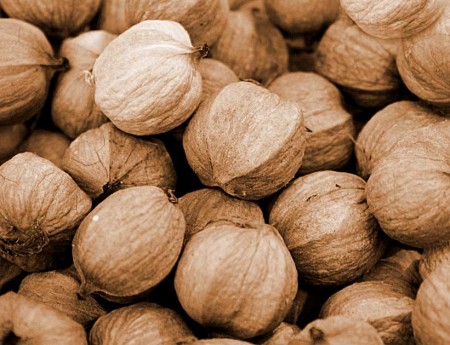
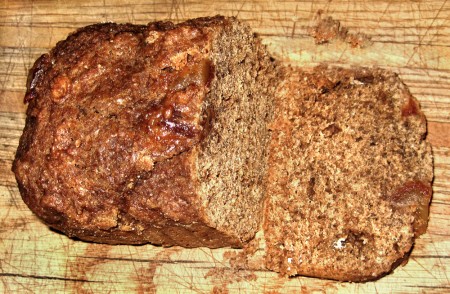
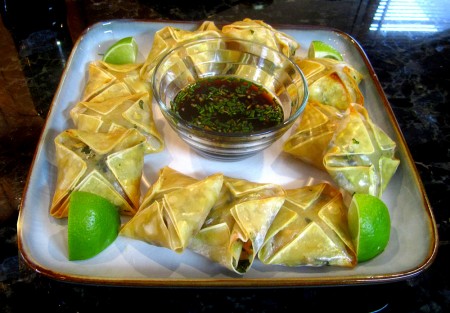
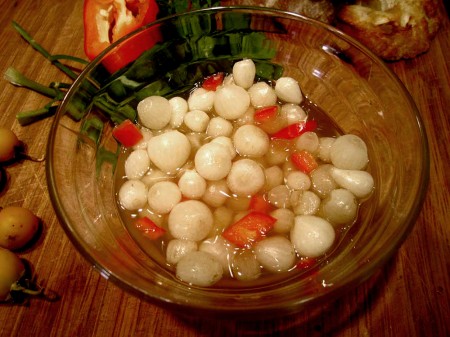
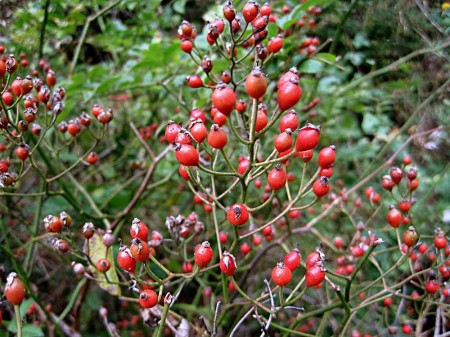
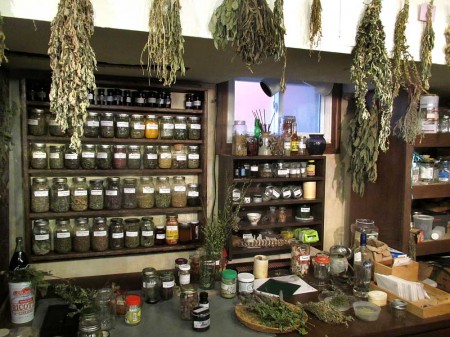
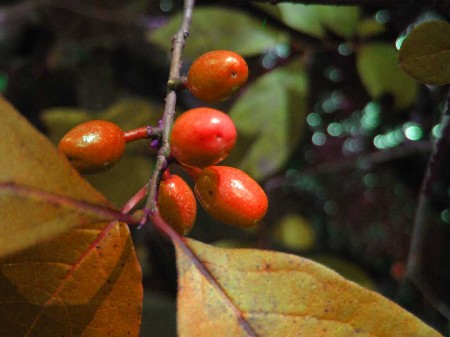

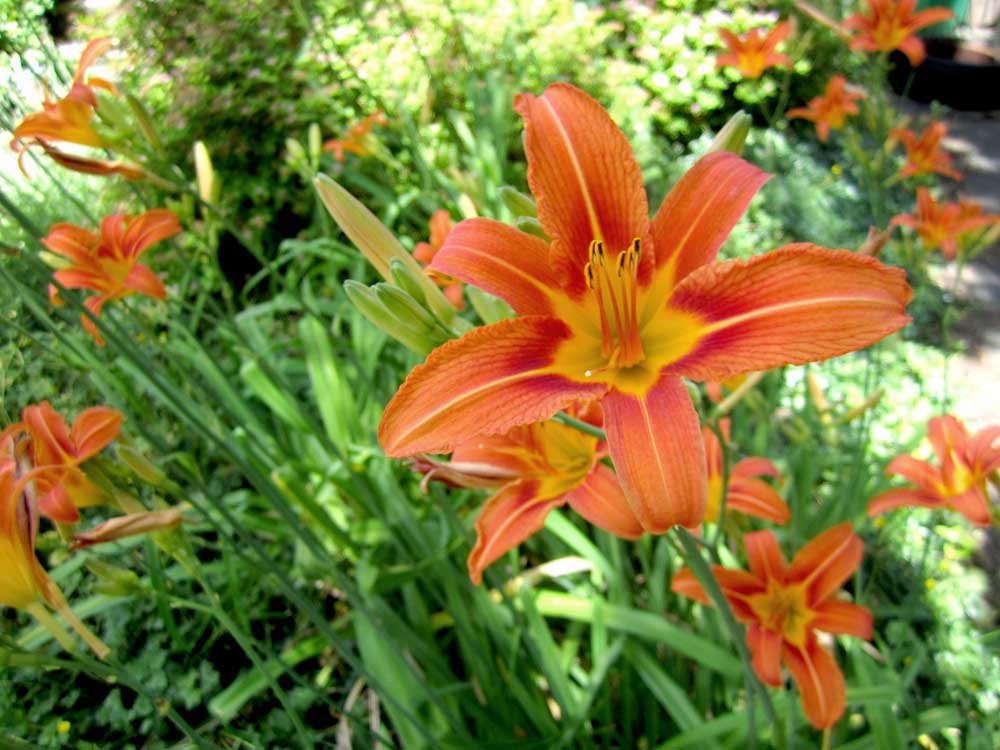

You must be logged in to post a comment Login